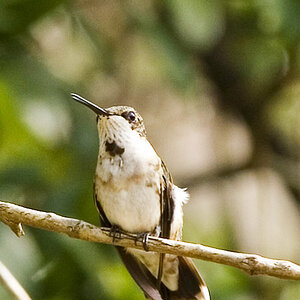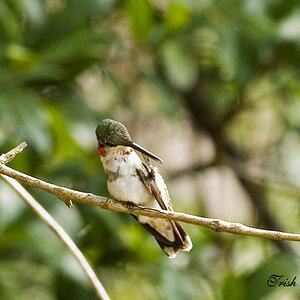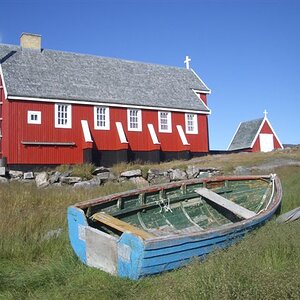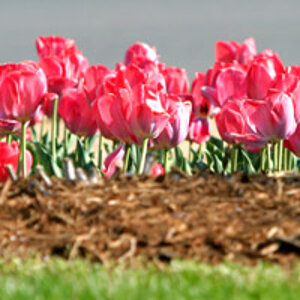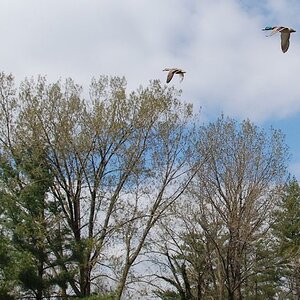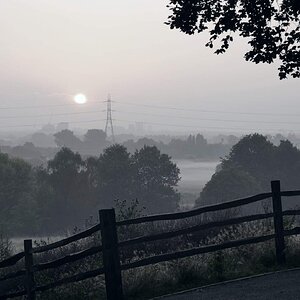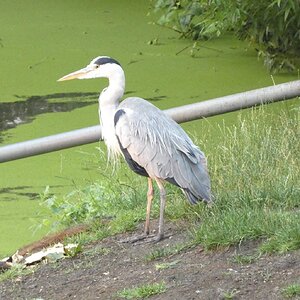iPanzica
TPF Noob!
So that's what I have to work with at the moment. Can anyone give me any advice on fixing my white backgrounds. I don't much much about lighting, but I am learning. I am really trying to take totally white background pictures with as little photoshoping as possible. What's the best way to do this with what I have? If there is no way what's the best way with spending as little money as possible?
Here is my setup at the moment.

Here is a picture I took in Automatic mode (still very new to the camera trying to remember all the F Stop stuff I learned in college)
No Photoshoping Whatsoever. Just reduced the size.

And here is after. (the effect I am going for (or as close to as possible) I hate using Dodge becuase it just doesn't work as well as the other way.

PS I didn't really want to make it Black and White but it looked better that way with the dodging.
Any ideas?
Thanks in advance.
Micheal.
Here is my setup at the moment.

Here is a picture I took in Automatic mode (still very new to the camera trying to remember all the F Stop stuff I learned in college)
No Photoshoping Whatsoever. Just reduced the size.

And here is after. (the effect I am going for (or as close to as possible) I hate using Dodge becuase it just doesn't work as well as the other way.

PS I didn't really want to make it Black and White but it looked better that way with the dodging.
Any ideas?
Thanks in advance.
Micheal.




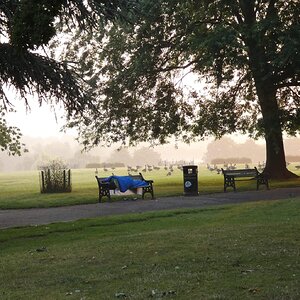
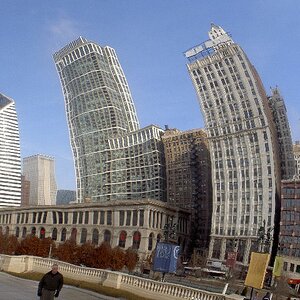
![[No title]](/data/xfmg/thumbnail/30/30884-b92cca2d3ad6f728825cf7e936e8cef6.jpg?1619734496)
